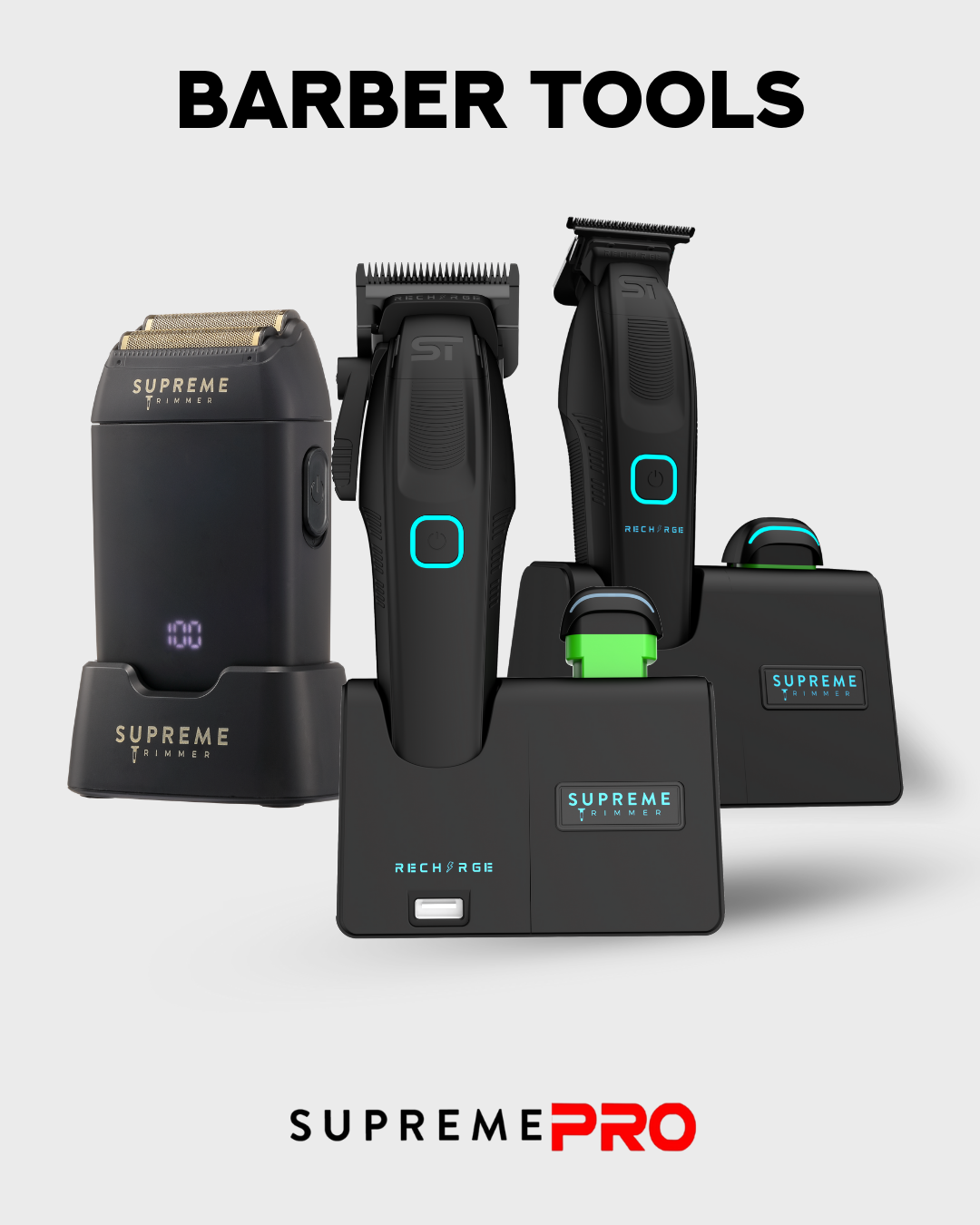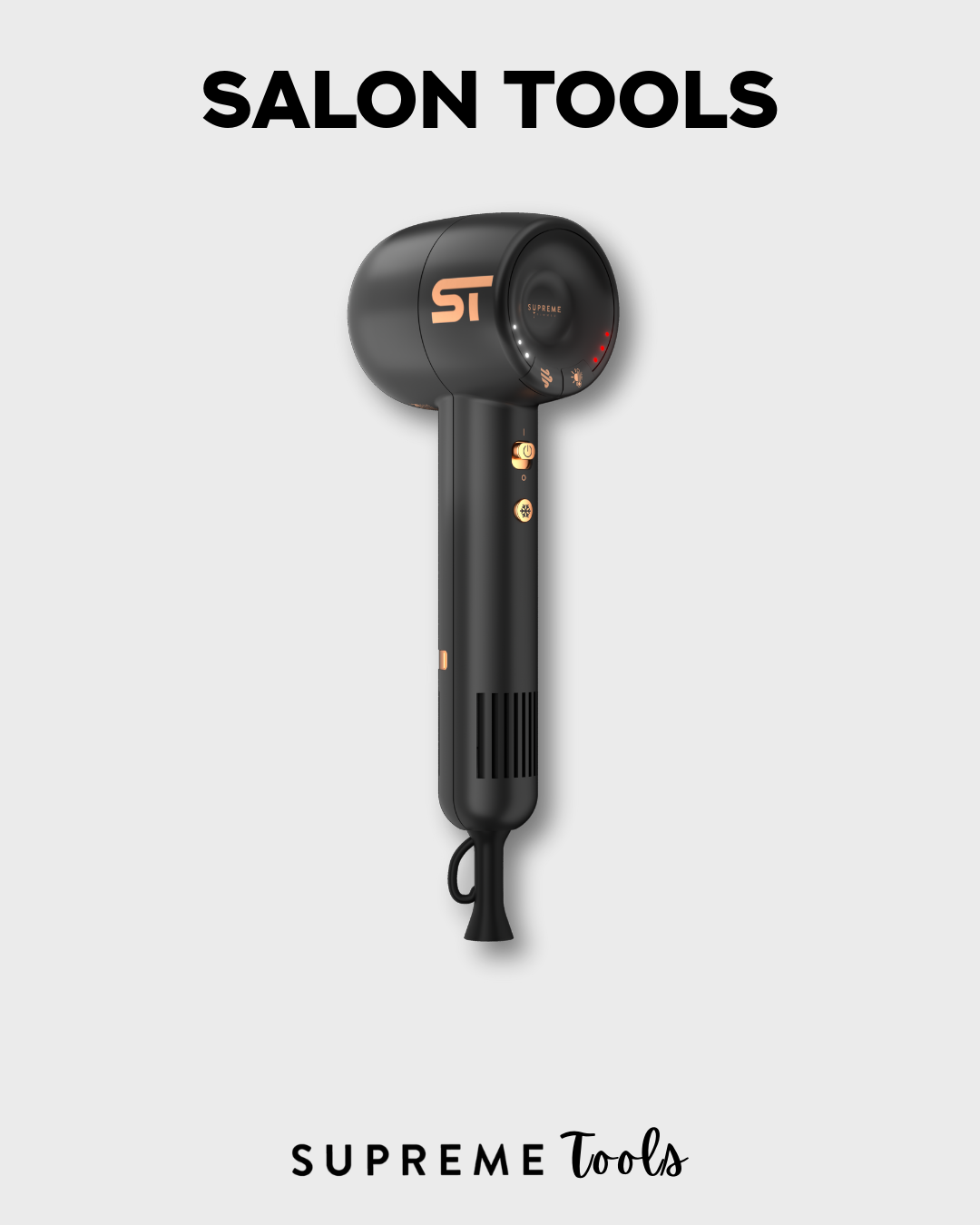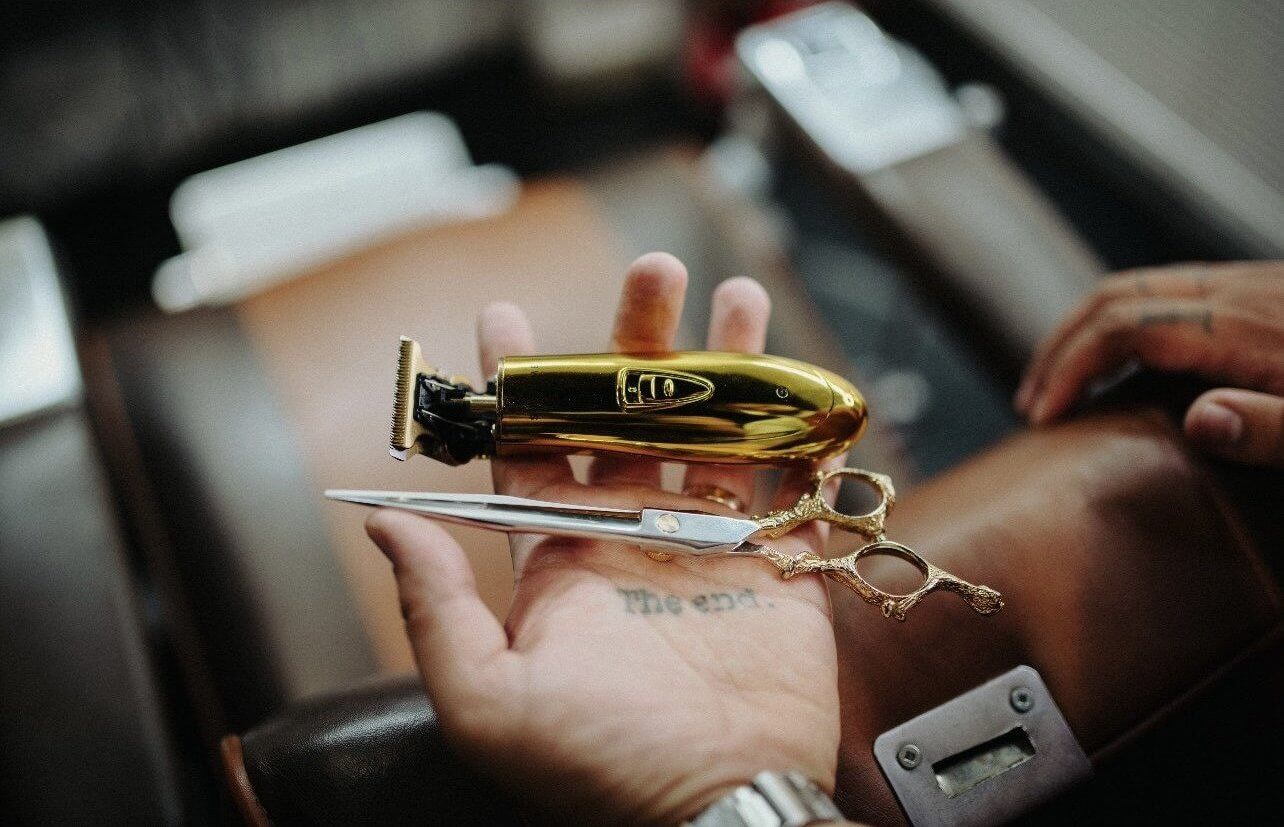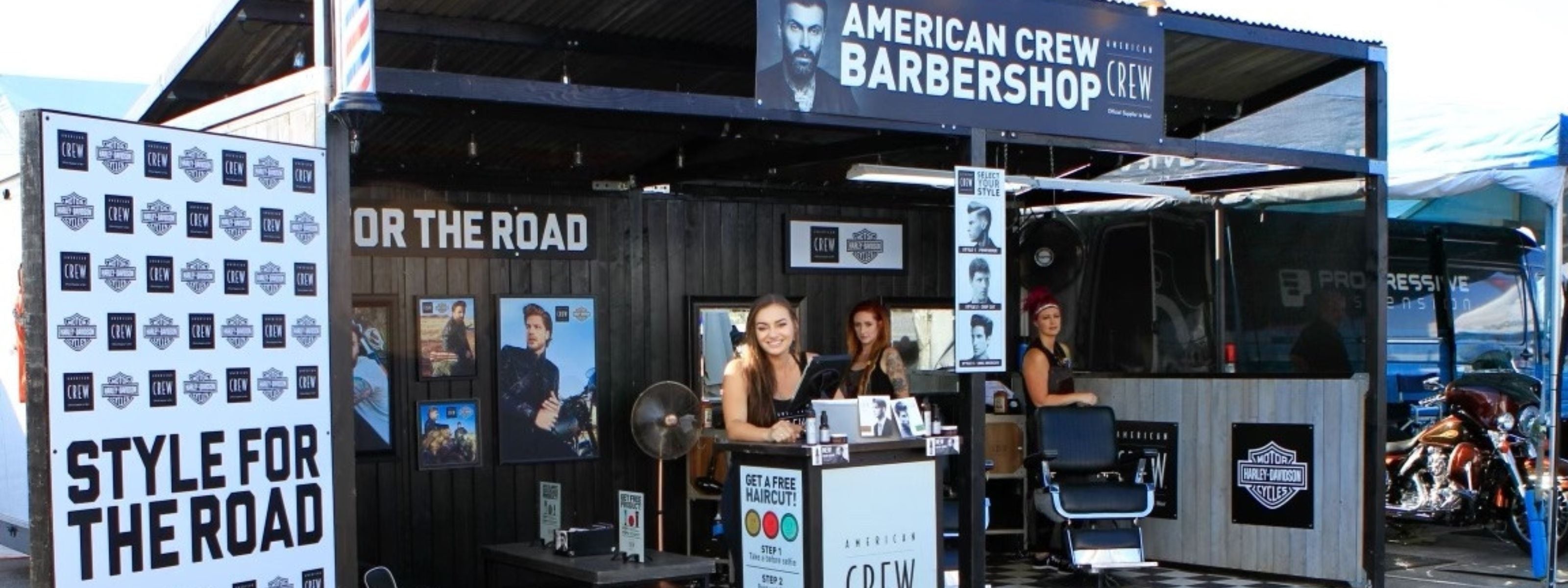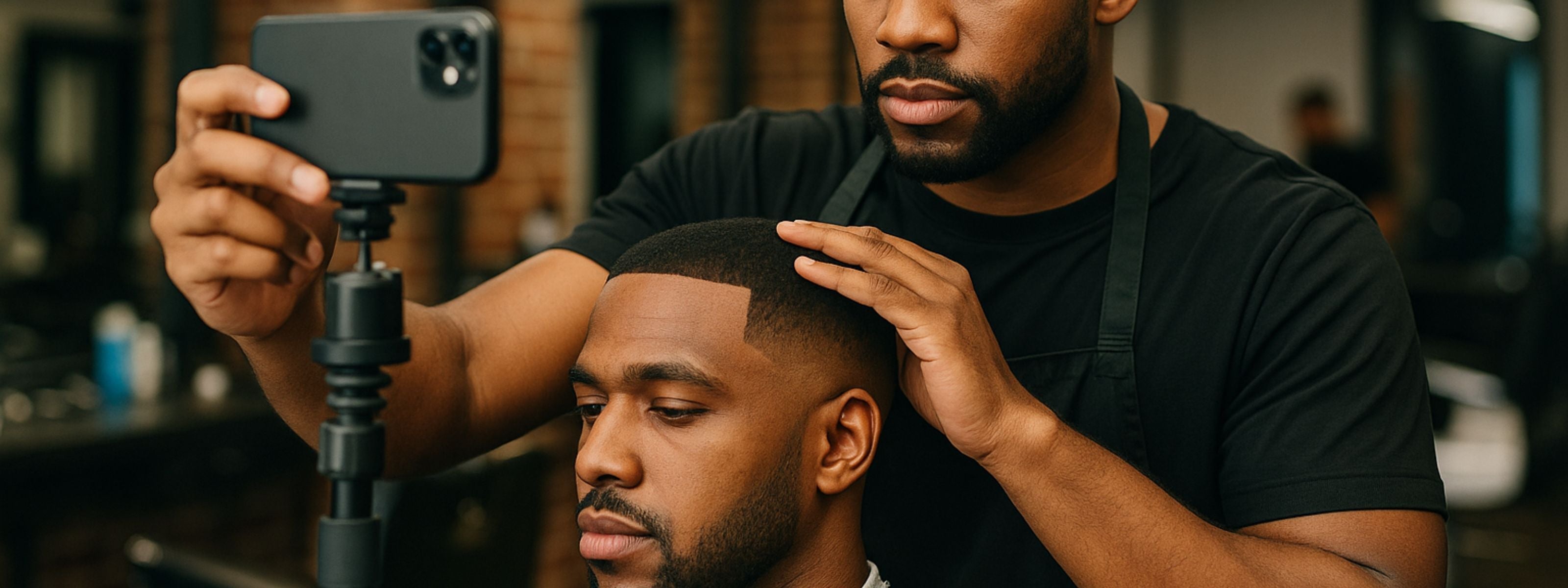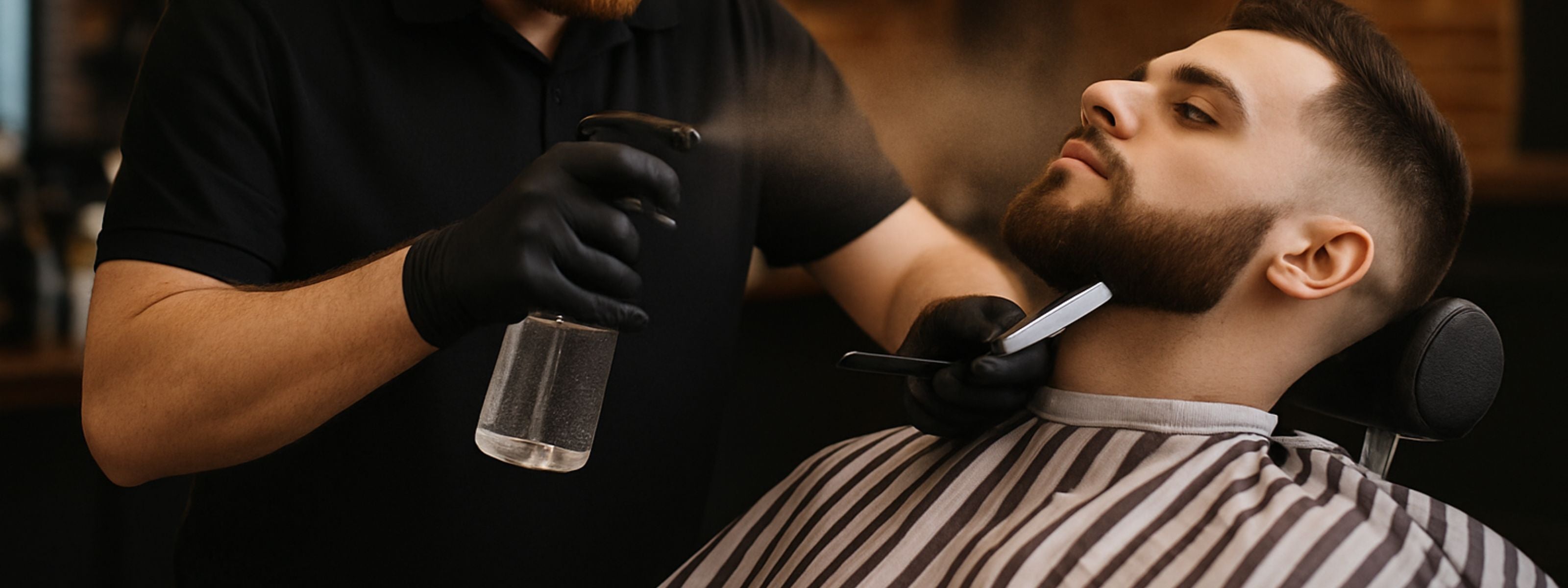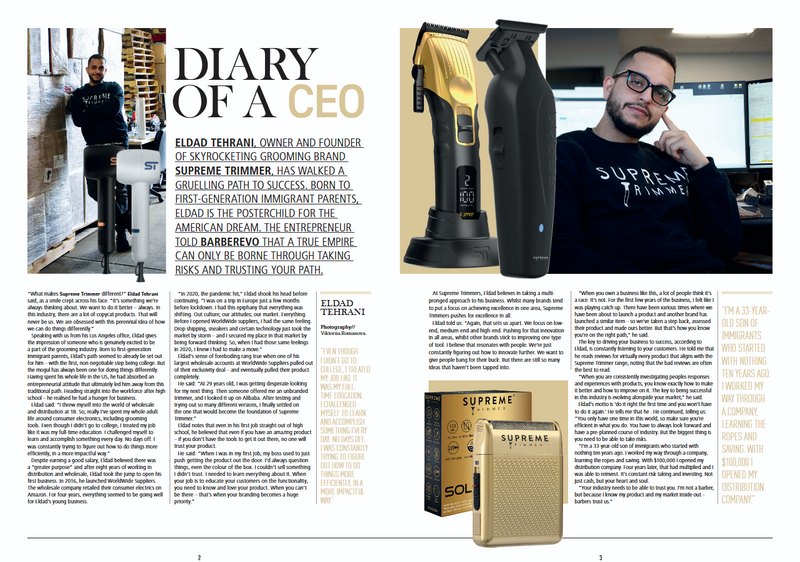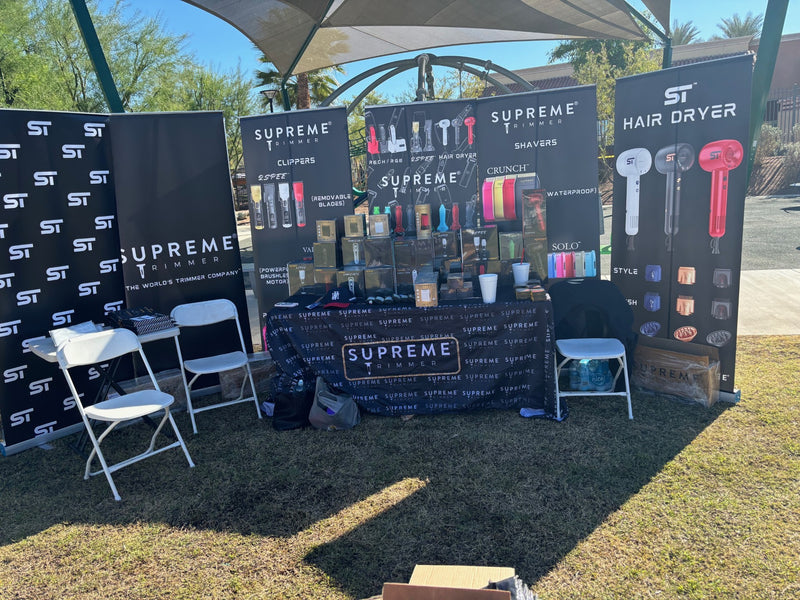You walk into your favorite barbershop, scan the menu, and the number that used to feel comfortable now gives you pause. Maybe it’s gone from twenty-something to thirty-something. Suddenly you’re thinking twice. What used to be a regular trim becomes an investment. And for many men, that means something else starts to change too: the hairstyle they pick.
More than just fashion, the economics of the haircut are nudging men toward styles that last a little longer, need fewer visits, and ask less of time and wallet. In the UK the average cost of a haircut has risen by more than thirty percent since 2020. The Guardian That kind of jump doesn’t just affect the price tag—it affects the decision about how often to visit, and which look to maintain.

Why the shift is happening
It’s simple: overheads are going up. Rent, utilities, product costs, equipment—all of these eat into the cost of delivering each cut. According to a detailed guide for barbershops, adjusting pricing and services is becoming essential in the face of inflation. National Barbers Insurance At the same time, clients are feeling it. Visits that used to be every three or four weeks are stretching out. If you’re paying more, you’re naturally asking “how long can this last?”
And how the hair is styled plays a big role in that. A tightly cropped skin-fade demands regular upkeep. A longer top with more flow can hang in a bit longer without looking worn. Longer or easier styles are suddenly more attractive when the question becomes “how many cuts do I get for my money?”
What this means for style trends
With cost-consciousness creeping into what was once purely a style decision, barbers are seeing some interesting patterns. Fades and the ultra-short “fresh off the clippers” looks are still sharp, but fewer clients are willing to schedule weekly for them. Instead, many favor:
-
Slightly longer sides and tops so the look stays fresh for more time
-
Styles with texture and movement rather than razor-sharp edges
-
Cuts that don’t scream “just done”, but look deliberately effortless
This shift comes with an advantage for barbers too: it opens the door to being the style advisor rather than just executioner of the latest trend.

How barbers can adapt – and thrive
If your price list has crept up, good. But if you just jacked the price and left the styling menu untouched, you might start losing visits. Here are three value-driven strategies:
1. Promote cuts that last longer
Educate clients that certain looks require fewer visits. A layered mid-length style may look intentional for eight weeks instead of four. When a client realizes that—your value-proposition strengthens.
2. Offer maintenance packages
Instead of “cut every four weeks”, maybe suggest “cut every six to eight weeks” with a complimentary beard trim in between or light taper. It gives the client a sense of value and helps you build loyalty.
3. Tier your services by how much upkeep they need
Label offerings something like “Low-Upkeep Trim”, “Standard Cut”, “Premium Fade” (you pick your words). The “Low-Upkeep” option can be pitched to clients mindful of cost and time. Let them know you understand their budget and their lifestyle.
Why this still works for you
You might worry that crank-up in prices will drive customers away. But remember: service and trust matter more than a few dollars. If you position yourself as someone who understands both style and value, clients will stick. They’ll appreciate that you’re not just performing a haircut—you’re solving a problem (style that lasts) and working with their budget.
The men who still want the ultra-short, razor-perfect look will pay for it. But the many who are now asking “can I stretch this out?” are the opportunity. They want good style that doesn’t demand five visits a year. They want easy upkeep and solid results.
Final thought
Rising prices aren’t just a cost-problem—they’re a style shift in motion. For the barbershop that recognizes this, the future isn’t a threat—it’s an opening. Offer cuts that look great today and still look intentional tomorrow. Package them in ways that give value. Speak to the budget-aware client without compromising on craft. When you do that, price changes become a chance to reinforce your brand, not erode it.

Citations
“The Death of the $10 Haircut – Why Prices Are Rising Everywhere.” SupremeTrimmer.com, 2025. Supreme Trimmer
“Your Guide to Barbering Services and Product Pricing During Inflation.” NationalBarbers.org, 2023. National Barbers Insurance
“’Short hair is dying out’: 30% rise in cost of UK haircuts… driving the change.” The Guardian, 13 July 2025. The Guardian

